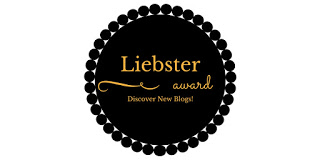In writing fiction, authors ask, “What if…” In nonfiction, authors ask, “Is
it true?” The goal is to provide enough information to convey the concept
without overwhelming the reader. The amount of information and detail
is determined by the target audience. When I wrote BARRELING OVER NIAGARA
FALLS, a biography of Annie Edson Taylor, the first person to ride a barrel
over the Falls, I focused on her method of preparing for the risky ride. I knew
readers would be interested in other daredevils, so I added author notes at the
end of the book to inform readers. By adding the notes at the end, I did not
overwhelm the text with information that detracted from the biography.
As with fiction, nonfiction requires a strong narrative voice. Authors have
the creative license to use lyrical, upbeat, slow drawl, funny, serious…the
list goes on. The narrative style is often based on the subject. Think about
the angle, the approach to the telling of the tale. Nonfiction focuses on facts
but the facts must not be presented in a tired, boring manner. Use unusual or
unexpected word choice, similes, metaphors and other literary devices to
breathe life into the work. Delight the
reader as well as inform.
Call
for submissions for Adult Writers
American
Cheerleader is published four times a year and is available in both print and
digital form. Topics they seek include: biographies, interviews/profiles of
sports personalities, cheering how-to, health, beauty, careers, fashion, and
sports.

No comments:
Post a Comment